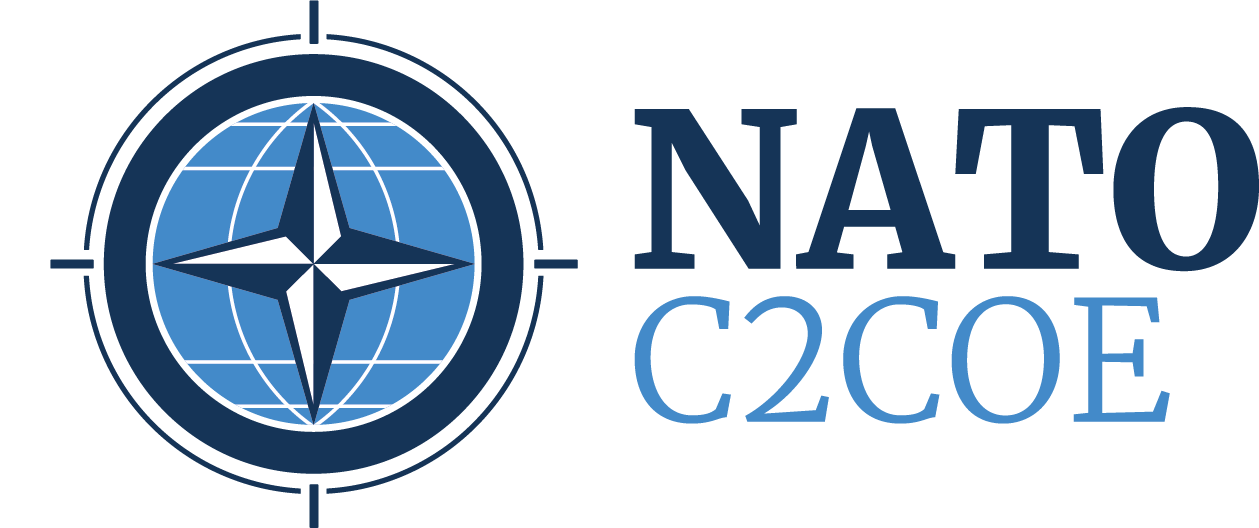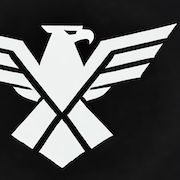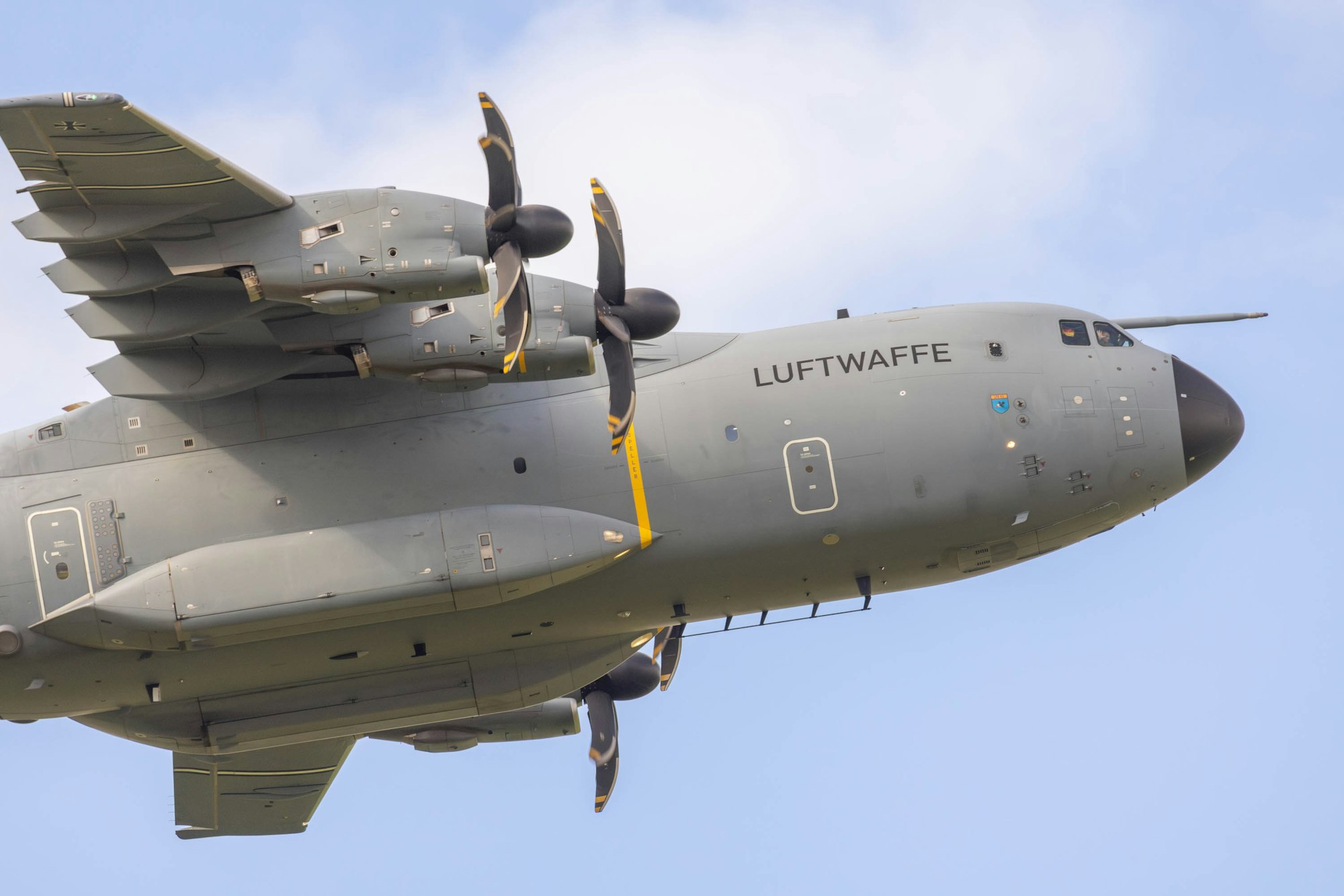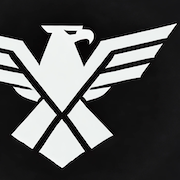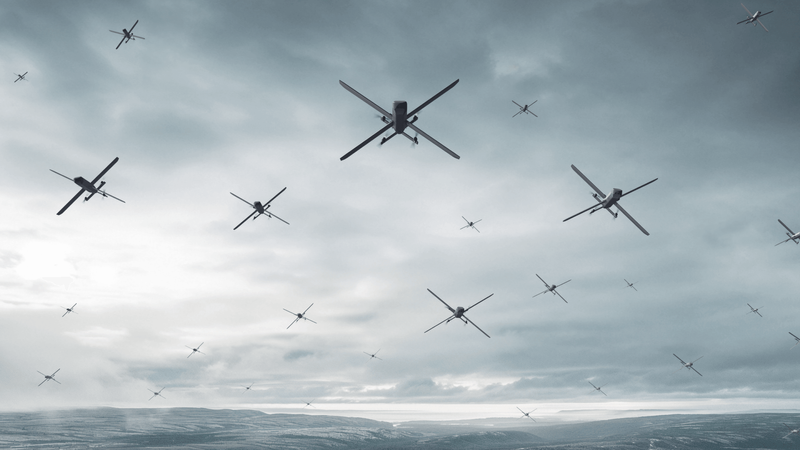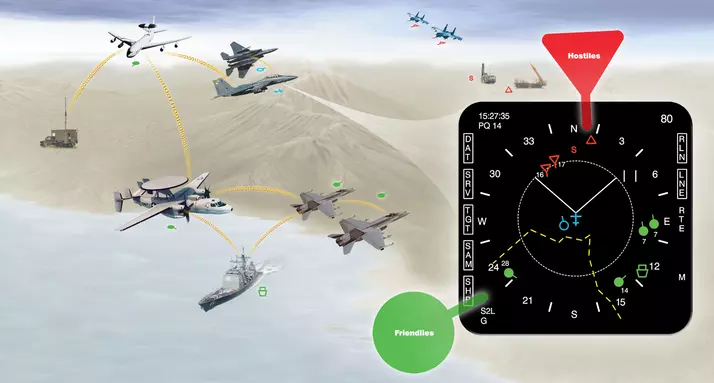Cognitive Command: AI-Enhanced Decision-Making in Multinational Battle Networks
As NATO's operational environments grow increasingly complex and contested, the alliance is turning to artificial intelligence to augment its decision-making structures—transforming traditional command and control into a more predictive, adaptive, and resilient force architecture.
From Command Hierarchies to Cognition Loops
Legacy C2 systems—rooted in fixed hierarchies and manual data flow—are proving insufficient for the modern battlespace, where decisions must be made in seconds, often under degraded or denied communications.
Enter cognitive command: the integration of AI and machine learning into C2 workflows, creating decision-support frameworks capable of ingesting, interpreting, and prioritizing vast streams of battlefield data in near real-time.
At NATO’s recent DIANA workshops and the Ramstein Flag 2024 exercise, multi-domain simulation environments tested AI-driven staff support tools—automating everything from threat prioritization to resupply routing. These tools didn’t just process information; they recommended courses of action, filtered noise, and adapted to scenario changes dynamically.
AI as Staff Officer: Not Just Sensors, but Strategy
Whereas previous battlefield AI efforts focused on ISR or robotic systems, cognitive command marks a shift: AI isn’t just observing—it’s advising.
The UK’s DSTL, alongside Germany’s Cyber Innovation Hub, is now prototyping what one official called an “algorithmic XO”—a support agent that assists commanders with predictive modeling, red force intent estimation, and logistics risk mitigation across NATO formations.
Meanwhile, the U.S. Project Maven continues to expand beyond imagery analysis, quietly integrating large language models into warfighting simulations, operational briefings, and even wargame moderation.
Challenges: Trust, Interoperability, and Latency
Despite growing momentum, several structural challenges remain:
- Interoperability: AI agents developed independently by NATO members must speak a shared doctrinal and technical language—something far from solved.
- Trust & Transparency: Commanders remain hesitant to act on algorithmic advice without clear audit trails, especially in high-lethality scenarios.
- Latency & Edge Processing: In denied or degraded environments, cloud-based AI falters. Field-deployable cognitive nodes are still early in development.
Still, NATO’s 2025 posture review identifies “machine-accelerated decision loops” as a Tier 1 capability priority, with funding pathways through the EU’s EDF and PESCO frameworks.
Toward Doctrine: From Experimentation to Codification
The transformation from static command to cognitive command will demand more than tech—it requires doctrinal evolution.
NATO’s Allied Command Transformation (ACT) is currently drafting a multi-year implementation roadmap under the working title C2++, which would formalize machine-integrated decision cycles into operational planning layers. Sources suggest the draft includes tiers of trust delegation, allowing different levels of AI autonomy depending on context, domain, and mission profile.
The Battlefield Ahead
Cognitive command will not replace human leadership—but it will disrupt the tempo, structure, and precision of coalition warfare. In the battlespace of 2030, the most decisive edge may not come from firepower or hardware—but from the machine-augmented minds behind the network.
For more stories related to C4ISR & Electronic Warfare visit our related category page on grosswald.org:
Related Topics
- AI-Driven EO/IR Systems: The Future of C-UAS Defense
- Rheinmetall’s PATH Kit: Expanding Battlefield Autonomy Across Europe
- Electronic Warfare: HELIX System for Multidomain Awareness
- Digitalizing Land Forces: Bundeswehr’s D-LBO Initiative
- Saab JAS 39 Gripen F: Crewed Fighter, Supersonic Drone & System Integration

